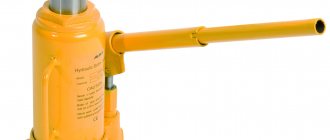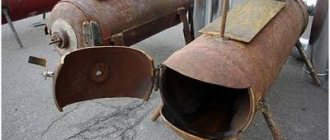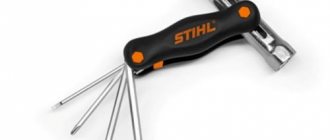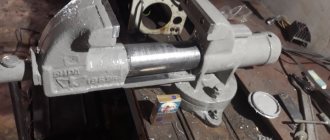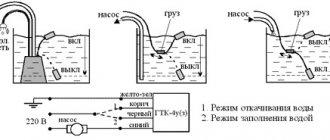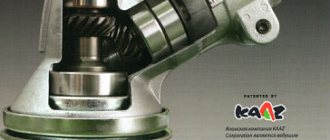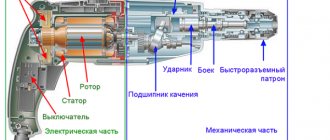Fasteners are the main element in cars, metal and wooden structures. These include: bolts, screws and nuts. Thanks to fasteners, structural integrity and precise functioning of components, machine wheels, engine mounts and lifting mechanisms are achieved.
When servicing components and assemblies, you have to unscrew or tighten fasteners, and you can’t do this without a special tool. A wrench or ratchet will do the job. The second one greatly simplifies the work today.
Where would you use a ratchet wrench?
A ratchet wrench uses a mechanism that allows the open head, bell, or ring head to turn the fastener in one direction but not the other, while remaining attached to the head of the fastener.
Related Posts
- How to use a ratchet socket wrench
- Quick Answer: How to Use a Ratchet Wrench
- Quick Answer: How to Use a Ratchet Wrench
- Question: How to assemble a socket wrench
- How to loosen a bolt with a socket wrench
- Sunex Socket Wrench Sets
- Quick Answer: How to Operate a Ratchet
- Unknown ratchet sets
- Quick Answer: What is a socket driver
- Question: How to use the ratchet set
- Quick Answer: How does a ratchet shift mechanism work?
- Question: How to loosen a ratchet strap
Auto repair school - Do-it-yourself car repair
Nov 4, 2016 Garage by admin
I think that every car enthusiast, car mechanic, electrician, plumber has his own favorite tool, which is made specifically for his hand and has been serving reliably for many years. When such a tool (wrench, screwdriver, pliers, hammer, etc.) breaks down and becomes unusable, the mood from such an event worsens sharply. Here you have the loss of a faithful comrade-in-arms, and additional financial expenses... Sound familiar? So, for example, it happened with me. One fine day, my favorite ratchet wrench from TOPTUL broke. At first, however, I thought it was nothing serious. Since the key is not in use for the first day and a similar problem has already happened to it a couple of times (while tightening it started to slip, running idle). And this problem was solved by disassembling, cleaning and washing the internal contents of the key, reassembling and then lubricating the mechanism. That's all. After such a simple procedure, the key began to work like new.
But this time washing and cleaning did not give any results. The ratchet continued to slip. A careful examination of the mechanism parts revealed signs of wear on the toothed roller and, especially, the locking pawls. In photo number 1 it may not be clear, but the worn teeth of the pawls are still visible.
I was upset, of course. I decided - the key worked. You'll have to write off your pet and buy a replacement. I went to the market. And, to my surprise, the seller, after listening to the sad story of how I lost my faithful assistant, offered me not a new key, but a kit for repairing the old ratchet key. Oh how! In photos 2 and 3 you can see a branded package with a repair kit and a set of parts that are included in it. This repair kit fits TOPTUL ratchet wrenches with numbers CHAG0813 and CJBG0815 (the head square on these wrenches is 1/4).
After purchasing the repair kit, all that remains is to install it. There is nothing difficult in this activity. But, I still decided to make a small photo report on the repair of the ratchet wrench . I hope you find it interesting. And if something similar happens to your ratchet, you can easily and quickly repair the key with your own hands .
For work you will need: screwdrivers or heads for Torx slots T7 and T8 (photo 4). And tweezers (it will be difficult to handle small springs with just your fingers, I personally checked this



